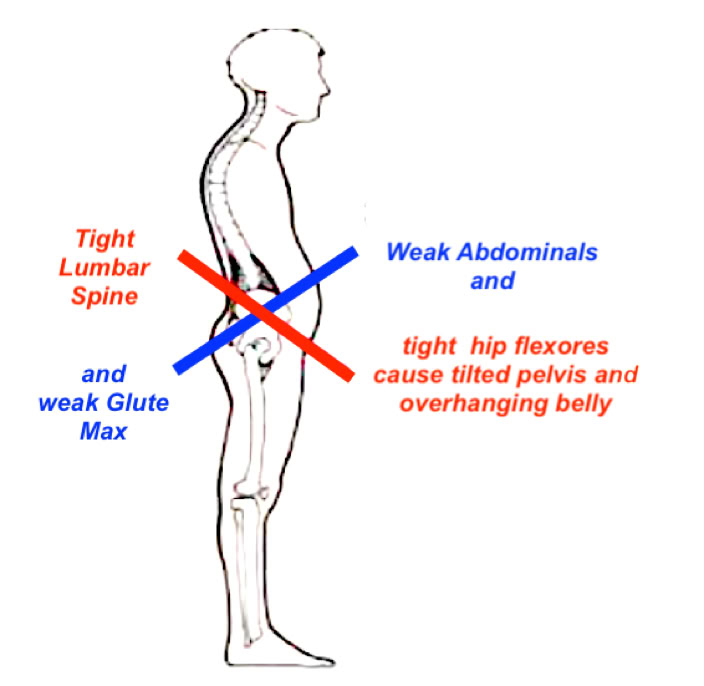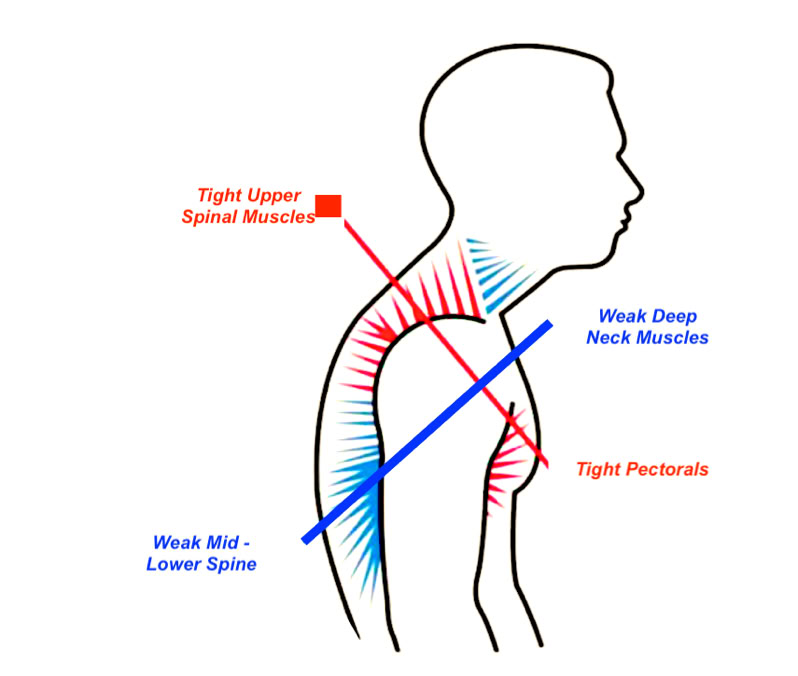


Running to get fit is a great idea, it doesn’t require a lot of equipment, you can do it anywhere and pretty much any time. So what’s the problem?
First things first, humans are designed to run. Take a typical infant, first of all it sits around wobbling with little control gradually the child gains control of its spine and learns to balance that heavy head at the top. Crawling follows and the ability to explore their environment spurs further physical development, then they’re standing on wobbly legs leaning against furniture or with caring support from another. Then the first few tottering steps and often, even at that early stage, those first steps often convert into a kind of little run as they rush to the next position of support. From that point development progresses at a pace. Soon they are at school and hopefully running around the playground and sports field with joy and freedom and no small amount of noise!
Unfortunately at the same time as they are learning to run and play with friends they are also learning to sit and sit and sit. Small periods of activity interspersed with long periods of sitting in little chairs and then before you know it, bigger chairs and then office chairs, car seats, train seats, chairs at home in fact chairs everywhere. In less than twenty years that young wobbly endlessly flexible body has become resolutely chair shaped.
Becoming chair shaped often manifests itself in one of two ways and sometimes a combination of both. These are known as “crossed” syndromes. Upper Crossed and Lower Crossed. Upper Crossed is most visible by the creation of a notably head forward posture often accompanied by habitual mouth breathing (rather than nasal), Lower Crossed is most obvious by the exaggeration of curvature in the lower (lumbar) spine and an overhanging belly.
There is a great deal more to both of these conditions, but suffice to say it puts the body in a weak and mechanically inefficient and vulnerable state, these condition are bad for general health not just running, but today’s focus is on running. We will look further into these states in future posts. The human body is incredibly adaptable, unfortunately it can adapt in ways that are not good for us, the two crossed syndromes are examples of maladaptation, another is the general weakening of soft tissues; fascia, tendons and ligaments. As we sit around all day and ride everywhere we go and travel up and down lifts our bodies lose tone not just muscular tone, which is obvious in the mirror, but the tone, strength and structure of fascia, tendons and ligaments.
One of the great things about running is that cardiovascular fitness gains can come quite quickly. Unfortunately that quick gain, while being very encouraging to the neophyte runner, can create a high risk of injury. This is because our cardiovascular system’s improvements happen at a rate that the soft tissues can’t keep up with. Simply put we are capable of running further and faster than our ligaments and tendons can cope with, this is even more the case if we start running with a crossed syndrome body, which puts even more stress on our structure. Little surprise that so many new runners are hit with injuries to knees, hips, ankles etc in the first couple of months.
I’m not suggesting that you don’t run, please do. But run slowly and keep the distances short in the early days include a substantial amount of walking and take more days off than you think you need. Adaptation to training takes place during rest, not during training. If you think you have a crossed syndrome body address it by using the spare time created by running these shorter distances.
We’ll look at running development and suitable exercises for crossed syndromes in future blogs.
If you need a little help get in touch.
#couchto5k #runningtips #runningmotivation #personaltrainerblog #newrunner #runninginjuries
